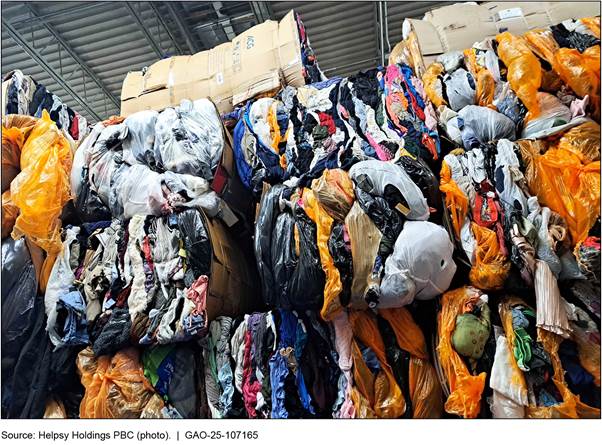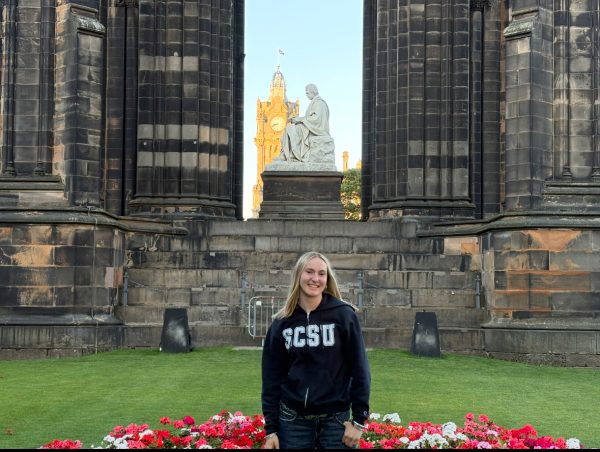Trends are an undeniable part of fashion. Every few months, uniform comments arise across social media platforms saying, “What swimsuits are we wearing this summer?” and “Where are we buying shoes for the new school year?” Tankinis had their moment a year ago, but I’m sure you won’t see many poolside this summer, because that trend has worn itself out. Fashion has always had a “we” aspect; likely a result of humans’ intrinsic desire to fit in. Social media allows for the rapid spread of information, so when a fashion trend starts nowadays, it spreads fast, and then it inevitably falls fast. In recent years, this has allowed “fast fashion” to be on the rise; a model that refers to cheaply produced and priced items that can keep up with the fast moving clothing trends.
I’m sure everyone has bought something off of Shein or Temu at some point, or has at least known someone who has. They’re cheap and easy online brands and likely have exactly what you want—or what your TikTok ‘For You Page’ has told you you want.
All of this fast fashion seems great on the surface. These apps allow consumers to order cheap clothes in a variety of styles, and gives them the opportunity to buy a garment and follow a trend right when it hits their FYP. And yet, under all this glitter and fabric, fast fashion has its issues.
The creation of clothes and textiles of all kinds have a significant environmental impact, but fast fashion allows clothes to be made in 10 days, furthering the environmental crisis. Fast fashion makes up 10% of global carbon emissions and consistently depletes non-renewable resources. 85% of the textiles in this industry end up in the dump by the end of each year according to Earth.org.
On top of that, 80% of apparel involved in the fast fashion industry is made by women between the ages of 18 and 24, and a 2018 report from the US Department of Labor found evidence of forced and child labor in the industry in many countries including Argentina, Bangladesh, Brazil, China, India, Indonesia, Philippines, Turkey, Vietnam. Cheap clothing means cheap labor, which contributes to the large-scale humanitarian crisis that is forced labor and horrible working conditions.
While fast fashion seems like a convenient solution to a non-problem, it causes so many more issues that are much more severe. When purchasing cheap clothing, specifically online, take the time to research where your money is really going and what you are supporting.






